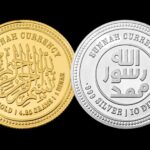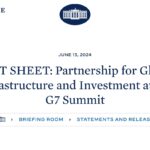Introduction:
The Russian Finance Minister recently announced that BRICS nations, comprising Brazil, Russia, India, China, and South Africa, are actively discussing the integration of digital financial assets backed by tangible assets into their financial systems. Notably, gold-backed stablecoins have emerged as a promising example of this innovative approach. With a monetary reset on the horizon, gold is set to assume a significant role in shaping the future of the global financial landscape. This development, though recently disclosed, has been brewing behind the scenes for several years, laying the foundation for a paradigm shift in the world of finance.
Exploring Digital Financial Assets:
As the world becomes increasingly digitised, traditional financial systems are being reimagined to accommodate emerging technologies. The incorporation of digital financial assets, such as cryptocurrencies, into existing systems has gained traction among BRICS nations. By leveraging the inherent value and stability of tangible assets, such as gold, they aim to enhance the efficiency, security, and transparency of financial transactions.
The Rise of Gold-Backed Stablecoins:
Among the various digital financial assets being considered, gold-backed stablecoins have emerged as a frontrunner. These cryptocurrencies are designed to be pegged to the value of gold, thereby providing a reliable and resilient basis for financial transactions. By utilising blockchain technology, these stablecoins ensure transparency, immutability, and decentralisation while offering the benefits of real-world asset backing.
Monetary Reset and the Role of Gold:
The idea of a monetary reset has gained momentum in recent years, fuelled by economic uncertainties and the need to establish a more robust and equitable financial system. Gold, with its long-standing reputation as a store of value, is poised to play a pivotal role in this reset. The integration of gold-backed stablecoins into the financial systems of BRICS nations signifies a step towards redefining the monetary landscape, instilling confidence, and mitigating risks associated with traditional fiat currencies.
Years in the Making:
While the announcement of BRICS nations’ plans to incorporate gold-backed stablecoins into their financial systems may seem sudden, it is the culmination of years of careful planning and preparation. These nations have recognised the potential of digital financial assets early on, laying the groundwork for the integration of tangible assets into a digital framework. This strategic approach ensures a smoother transition and greater acceptance of gold-backed stablecoins within the financial ecosystem.
Conclusion:
The pursuit of incorporating digital financial assets backed by tangible assets, particularly gold-backed stablecoins, into the financial systems of BRICS nations marks a significant milestone in the evolution of global finance. As these nations embrace the benefits of blockchain technology and tangible asset backing, they set the stage for a future characterised by secure, efficient, and transparent financial transactions. The integration of gold into the monetary reset further reinforces its enduring value as a trusted store of wealth. As the BRICS nations take strides towards this paradigm shift, the world watches with anticipation to witness the potential transformation of the financial landscape on a global scale.














